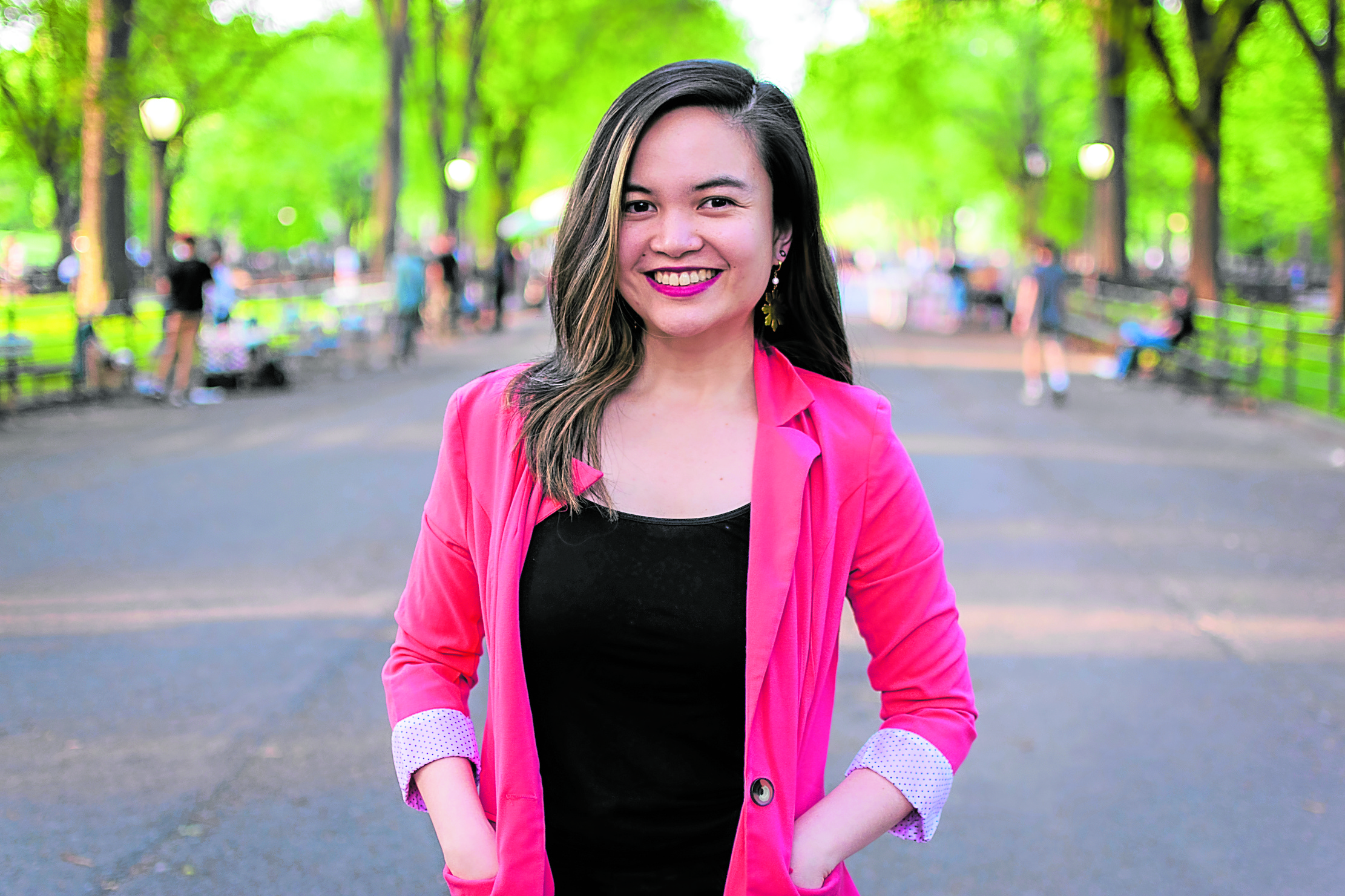In New York, a 20-something Filipina startup founder is making a name in two male-dominated businesses—financial technology (fintech) and cryptocurrency—and helping freelancers in the Philippines get more from their hard-earned dollars.
Mikaela Reyes, who also moonlighted as a content creator, hatched an alternative to more popular payment methods like Paypal and Payoneer. She is cofounder and CEO of Parallax (withparallax.com), a cross-border payments company that promises to provide a faster and cheaper international payments platform for remote workers.
The pandemic was a catalyst for freelancing among Filipinos. One of them is Josh Tanador who pivoted into being a virtual “handyman” when the global health crisis forced several offshore companies in the Philippines to close. He is now working remotely for multiple clients as a content strategist, virtual assistant, writer, sales and marketing specialist.
“I started freelancing in December 2020 when the project I was working on for an overseas company based in Taguig City was dissolved,” Tanador says. “The company reassigned me into a customer service position that didn’t allow flexibility, which is important to me as I also create content for my travel blog (laagnijosh.com).”
Telecommuting and earning in dollars are main considerations for Tanador and other freelancers like him who want more work-life balance. According to the study “Exploring Policies and Initiatives for Online Workers in the Philippines” by the Philippine Institute for Development Studies, “from 2019-2020, the Philippines recorded a 208-percent growth in freelance revenue, the highest in Asia … a huge leap from the 35-percent growth rate from 2018 to 2019, during which the Philippines ranked only sixth in the region.”
‘Virtual dollar account’
With necessary overseas transaction fees, how can freelancers get better payment?
Reyes says using Parallax is “like having a virtual dollar account,” and compared with other payment options, the website charges a “small 0.9 to 1- percent fee for processing conversions” and uses “competitive exchange rates.”
To use Parallax, one must create an account on the website. Photos of tax ID number (via social insurance, social security and tax identification numbers or other tax IDs), passport or national IDs are required to confirm identity.
Employers do not need a Parallax account and can send payments for free. Withdrawal for users is free, too, after linking one’s local bank or e-wallet.
“Filipinos who want control over the exchange rate can keep their dollar on Parallax until the market is better,” Reyes says. “Payment is also quick, which is very important for gig economy workers who live day to day. Transactions are usually done in minutes, or in the same business day, depending on the receiving bank and timing of the US banking system.”
Parallax recently secured a rare $4.5-million funding from key investors like Dragonfly Capital, Circle Ventures, General Catalyst, Balaji and other founders and operators at various fintech companies. The money will be used to “scale operations and grow the 100-percent remote Parallax team.”
Cofounder Alex Kuang, whom Reyes met in Silicon Valley, serves as the chief technology officer. To date, there are five full-time employees, including Reyes who often personally answers questions from customers. And this personal service, she says, is what makes Parallax different from other payment providers.
If transfers are free, how does Parallax earn profit? Reyes explains, “The main way we make money and sustain the business is that upon exchanging to different currencies, there is a small fee, of which we take a small cut.”
Crypto-friendly
Parallax also allows users to receive payments in cryptocurrency, which freelancers like artificial intelligence (AI) enthusiast Janice Siocon favor.
Based in Boracay, she recently got into freelancing as a side hustle to augment her income from her corporate job. Siocon decided to optimize her hobby and now offers on her website (janicesiocon.com) AI services, such as creating “AI-generated images, faceless YouTube videos, faceless reels/shorts, AI prompt engineering.” So far, most of her clients are from the United Kingdom and United States.
“I prefer cryptocurrency payments because of the advantages—swift transactions, minimal fees and global accessibility,” she says. “As a crypto investor, every cryptocurrency payment I get represents an investment and eliminates the need for immediate conversion or deposit into my crypto wallet.”Note, though, that when using Parallax, there is a “small amount of associated gas fees with crypto transfers.”
Startup journey
Reyes has always been interested in technology growing up in Pasig and Quezon City. She went to the Philippine Science High School and studied economics, psychology and data analysis on a scholarship at Wesleyan University in Connecticut. Her startup journey took her to New York, where she is now based. The city, she says, is a “hub for fintech” and allows for networking with other, mostly male, startup founders.“There are not a lot of female founders and I take pride in accomplishing these things as a Filipino woman,” Reyes says.
Her tips to other startup founders who have a business idea but don’t know how to start: “Find the right problem that resonates with you to solve. Immerse in the ecosystem in the Philippines but have a global mindset. Network overseas and reach out to me on LinkedIn for questions.”
Moving forward, Reyes says Parallax plans to extend services to Africa and Latin America. “Apart from addressing the needs of Filipino freelancers, we have organic interest from other countries where remote workers receive dollar payments,” Reyes says. “The product is being developed to support users from over 150 countries and will expand to tackle the larger $21 trillion global cross-border payments market.” —CONTRIBUTED INQ
